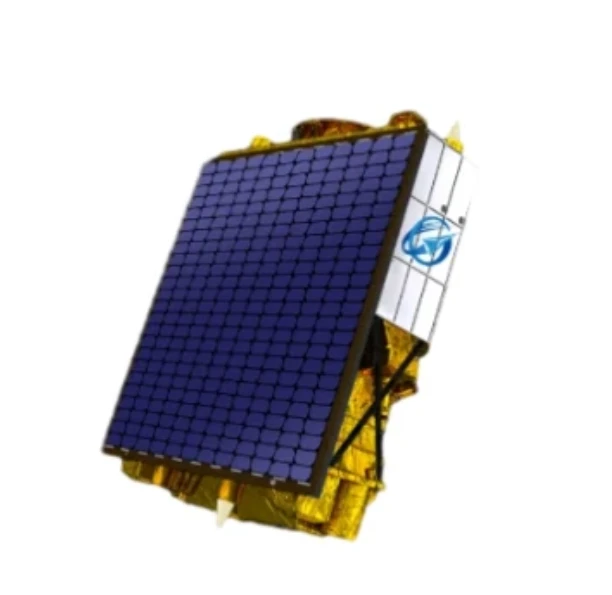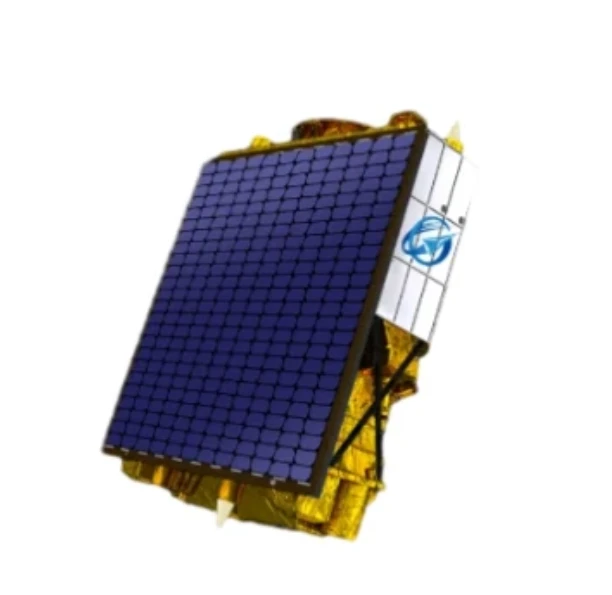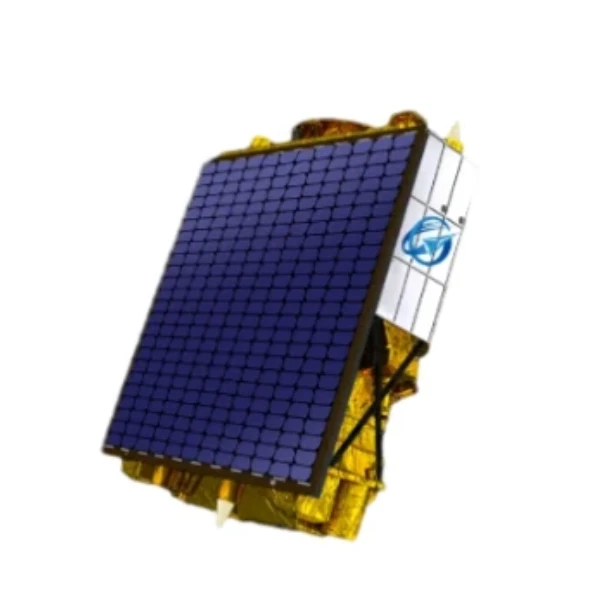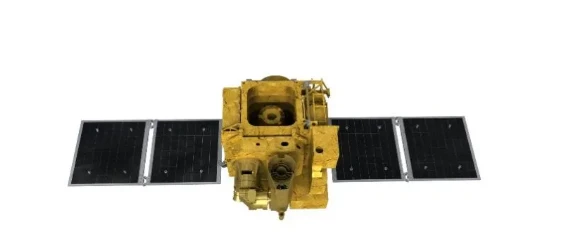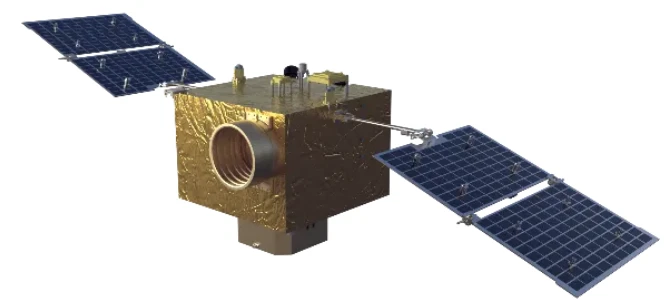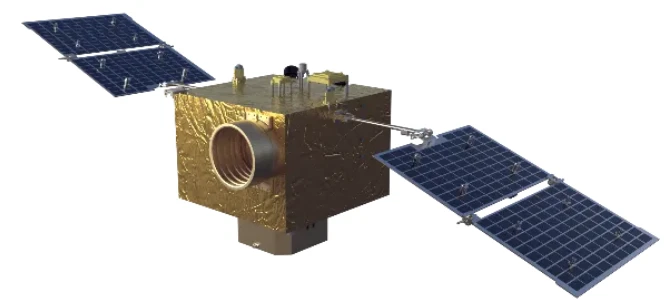
- African
- ChiAlbanian
- ChiAmharic
- ChiArabic
- ChiArmenian
- Azerbaijani
- ChiBasque
- Chiberaruzi
- ChiBengali
- ChiBosnian
- ChiBulgarian
- Katarani
- Cebuano
- China
- Kosikeni
- ChiCroatian
- ChiCzech
- ChiDanish
- ChiDutch
- Chirungu
- Esiperando
- ChiEstonian
- ChiFinish
- ChiFrench
- Frisian
- ChiGalician
- ChiGeorgian
- ChiJerimani
- ChiGiriki
- ChiGujarati
- Kiriyoro yeHaiti
- ChiHausa
- Chihawayi
- ChiHebhuru
- Aihwa
- Miao
- ChiHungarian
- ChiIcelandic
- igbo
- ChiIndonesian
- ChiIrish
- ChiItalian
- ChiJapanese
- ChiJavanese
- ChiKannada
- Kazaki
- Khmer
- Rwandan
- ChiKorean
- ChiKedhi
- Kiyagizi
- Basa
- Ratini
- ChiLatvian
- Ritunia
- Rukusembogi
- ChiMacedonian
- Malagasy
- ChiMalay
- ChiMalayalam
- ChiMaltese
- Maori
- ChiMarati
- ChiMongoria
- Mayanima
- ChiNepali
- ChiNorwegian
- ChiNorwegian
- Occitan
- Pashito
- ChiPersian
- ChiPolish
- ChiPutukezi
- Punjabi
- ChiRomanian
- ChiRussian
- Samoan
- ChiGaelic cheScottish
- ChiSebhiya
- Chirungu
- Shona
- ChiSindhi
- Sinhala
- ChiSlovak
- ChiSlovanian
- Somari
- ChiSpanish
- Sundanese
- ChiSwahili
- ChiSwedish
- ChiTagalog
- Tajik
- ChiTamil
- Tatar
- ChiTelugu
- ChiThai
- Turkish
- ChiTeki
- Ukrainian
- Urdu
- Uighur
- Uzbek
- Vietnamese
- Welsh
- Help
- Yiddish
- Yoruba
- Zulu
Advancing Environmental Monitoring With Multispectral Satellite Technology
The ability to observe Earth with clarity and precision has been revolutionized by the use of multispectral satellite systems. Unlike traditional imaging, which captures only visible light, multispectral satellite imagery collects data across multiple wavelengths. This advanced capability allows scientists, researchers, and industries to analyze subtle environmental changes and extract detailed information from the surface of the planet. The rise of multi spectral satellite imagery has propelled new frontiers in environmental monitoring, natural resource management, and disaster mitigation worldwide.
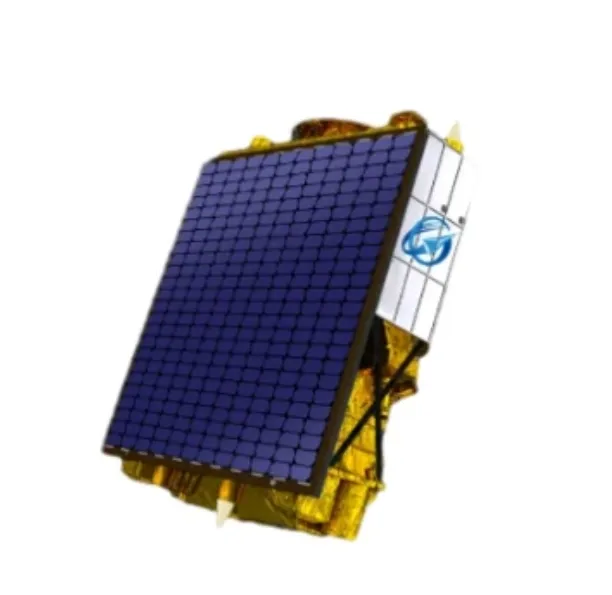
Understanding Multispectral Satellite Imagery
Multispectral satellite imagery involves capturing light reflected from the Earth in various spectral bands, often ranging from visible to near-infrared and sometimes shortwave infrared. These different bands highlight unique features on Earth’s surface that are invisible to the naked eye. For example, healthy vegetation strongly reflects near-infrared light, enabling precise assessments of crop health and forest conditions. Water bodies, soil types, and urban materials also have distinct spectral signatures. Thanks to these detailed datasets, multispectral satellite platforms provide a more comprehensive understanding of Earth's dynamic processes than ever before.
Applications Of Multispectral Satellite Imagery In Agriculture And Forestry
One of the most impactful uses of multi spectral satellite imagery is in agriculture. Farmers and agronomists rely on this data to monitor crop growth, detect pest infestations, and optimize irrigation schedules. Using vegetation indices derived from multispectral satellite imagery, they can identify stress in plants before it becomes visible, enabling timely intervention and reducing crop losses. Similarly, forestry management benefits from the ability to track deforestation, forest degradation, and regeneration efforts. This imagery assists in protecting biodiversity, managing timber resources, and fighting illegal logging practices effectively.
Disaster Response And Environmental Protection Using Multispectral Satellites
Multispectral satellite imagery plays a crucial role in disaster response and environmental conservation. During floods, wildfires, or hurricanes, multispectral satellite data provides timely, accurate assessments of affected areas. This information helps emergency responders allocate resources and plan relief operations efficiently. Environmental scientists use multi spectral satellite imagery to monitor pollution levels, map wetlands, and study changes in glaciers and polar ice caps. These insights are vital for addressing climate change and preserving ecosystems. The enhanced spectral data empowers governments and organizations to make informed decisions for sustainable development and disaster preparedness.
The ongoing advancements in multispectral satellite technology are expanding the scope of Earth observation, providing richer, more precise data for a wide array of applications. As satellite sensors become more sophisticated and data access improves, multispectral satellite imagery will continue to be a cornerstone for environmental science, agriculture, urban planning, and disaster management. Harnessing the power of multi spectral satellite imagery unlocks new opportunities to better understand and protect our planet in an era of rapid change.






